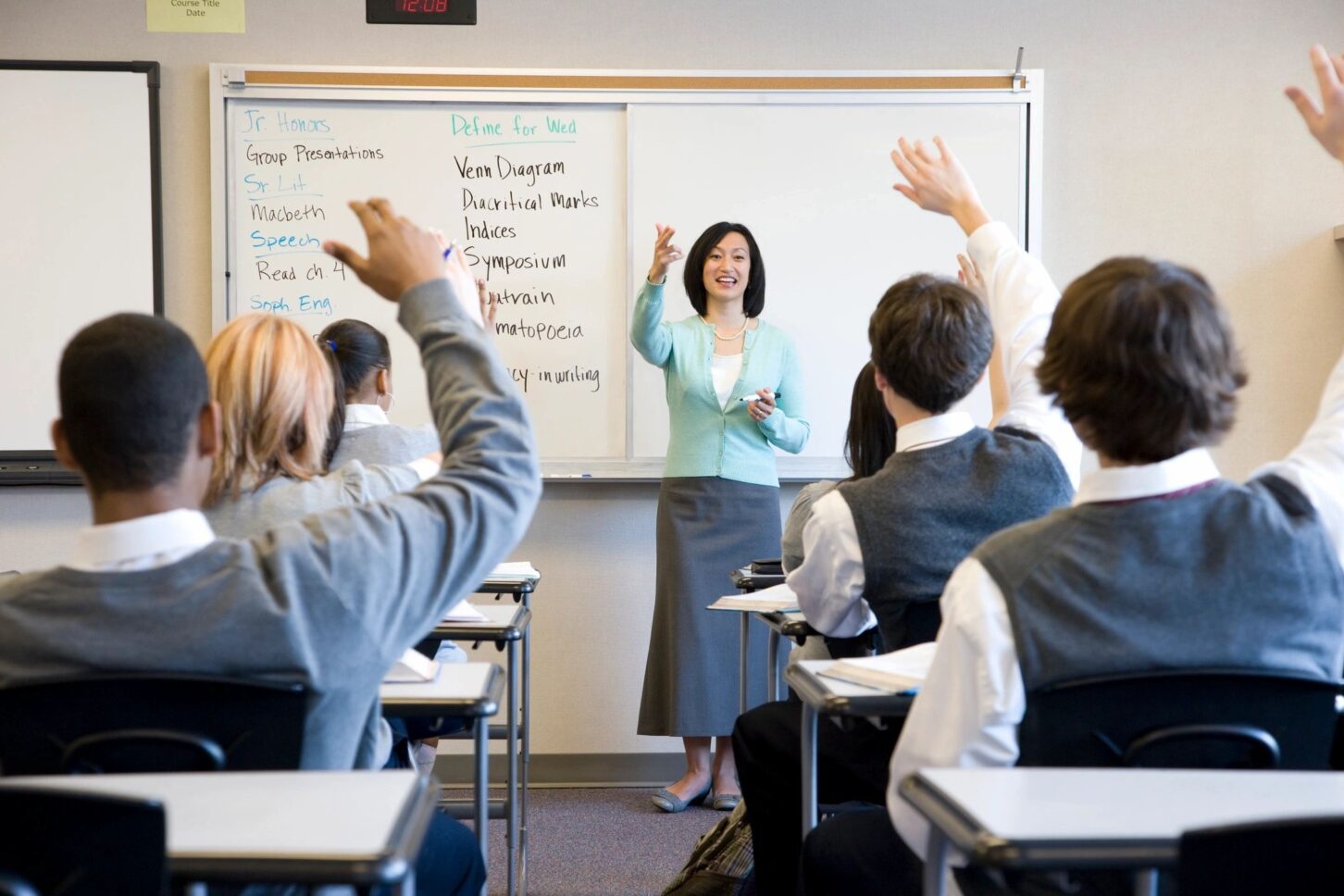
Closing schools because of COVID-19 was terrible for students, families and educators. Students struggled with less than ideal learning opportunities and their mental health. Families were forced to juggle employment with newfound child care responsibilities. The stress was immense on teachers, especially those who suddenly had to teach, simultaneously, children in classrooms and children at home.
Georgians want schools to be fully open for students with no masks. According to The Atlanta Journal-Constitution, four metro Atlanta public school systems have announced that masks will be optional in the fall, while three others are keeping their mask mandates, for now. The research says we can have school open and no masks – if we can keep rates of the virus down. We can keep rates down if we are a little smart and a little creative.
First, the bad news. When infection rates are high in local communities, schools open for regular business do indeed spread the virus. One study found that swift and full school reopening in Texas probably contributed to more than 43,000 additional cases and at least 800 additional deaths; rates in the community were already high before schools reopened. (When rates are low, research shows, schools being open are not significant contributors to the spread of the virus.)
Now, the great news. The COVID-19 vaccines are “better than advertised” at protecting individuals, including against existing variants. While a very small percentage cannot take the vaccine for health reasons and others have strong views against it, tens of millions of Americans are persuadable. Only 19% of parents have said they would not vaccinate their children, while 29% said they would vaccinate their children right away. About 47% of the rest said they were in some sort of a wait-and-see mode.
If more Americans are vaccinated, the spread of the coronavirus will be significantly reduced. According to the Centers for Disease Control and Prevention, almost 170 million Americans (just over half of us) have received at least one vaccine dose as of June 2, 2021. But more people must be vaccinated to keep community spread low this fall and winter, and a large percentage of Georgians are likely to need a vaccine booster in the fall.
Some states are using a carrot-and-stick approach to increase vaccination rates. UCLA researchers found that monetary incentives work best with Democrats and promises of lifting health restrictions work best with Republicans. Mobile clinics, too, could take the vaccine into communities. Ultimately, however, messaging from government and cultural leaders needs to be consistent: If you get vaccinated, you are protected and can live your life normally. If you get vaccinated, you protect others as well.
Georgians want school campuses open for face-to-face, in-person learning with no masks. To do that, the community needs to do its part to keep rates of COVID-19 and its variants low. A little creativity and a lot of education go a long way in getting more Georgians to accept the need for vaccination. Children deserve a return to normalcy when they return to school in August, and communities have an obligation to make that happen.
